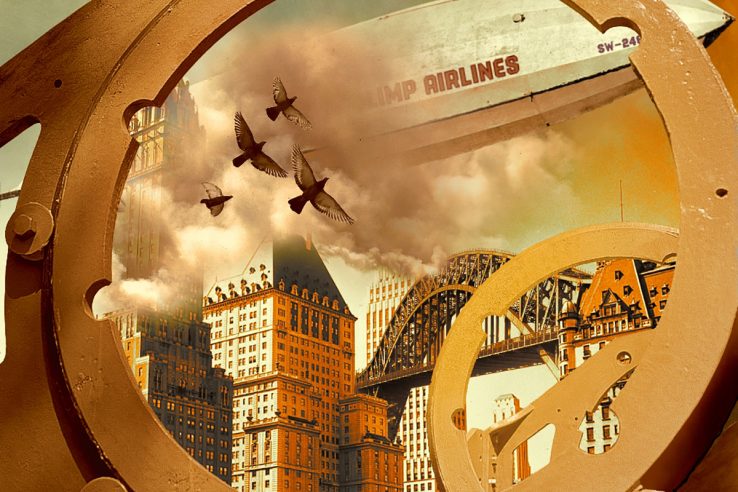
After two worldbuilding series in which World War II ended worse than it did — one in which the war never ended and another in which the Axis won — let’s try a more optimistic scenario: a world in which World War II never happened.
Here we’ll take our cues from the Indiana Jones movies, Sky Captain and the World of Tomorrow (2004) and the art of Marcos Ceia and Stefan Prohaczka.
Coup against Hitler
First we need to get rid of Hitler. We deviate from our timeline during the 1938 Sudeten Crisis. Britain and France, rather than appease the German dictator, mobilize their forces and hold firm at the Munich Conference: they will accept no transfer of Czechoslovak territory to Germany.
Benito Mussolini urges his ally to back down, but Adolf Hitler will not relent. The threat of war convinces the German military — which knows the country isn’t ready to fight — to overthrow the Nazi regime. Hitler is killed in an attack on the Reich Chancellery in Berlin. Other party leaders are arrested. Hans Oster, the head of military intelligence, takes over as chancellor with Ludwig Beck, the army chief of staff, as largely ceremonial president.
Their intention was to restore Wilhelm II to the throne, but this plan is vetoed by other military leaders — who blame the old Kaiser for Germany’s defeat in the Great War — as well as the Western democracies. Unwilling to restore the Weimar Republic, an “emergency” junta settles in for the long haul.
(There really was a plot against Hitler in 1938, led by Oster, but they backed off when Britain and France agreed to relinquish the Sudetenland to Germany. Robert Harris explores this conspiracy in his 2017 novel Munich.)
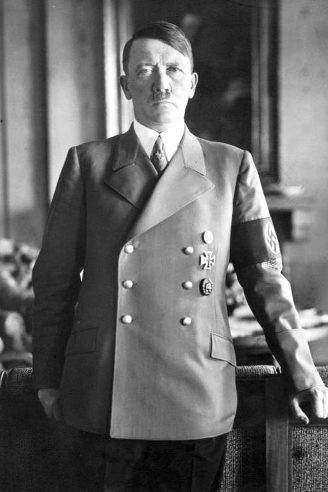
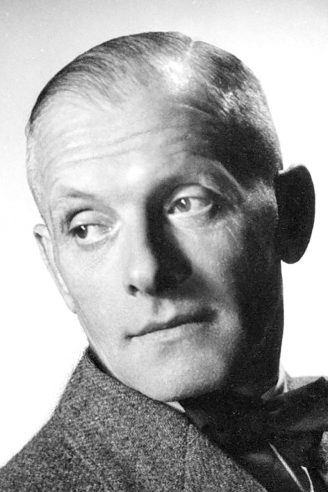
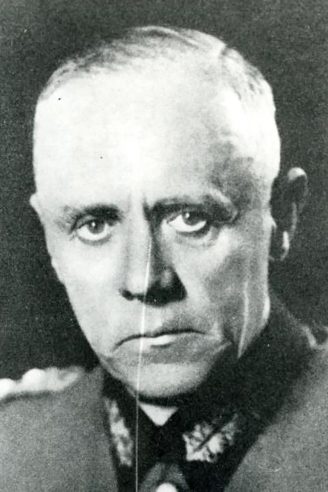
Bohemian Partition
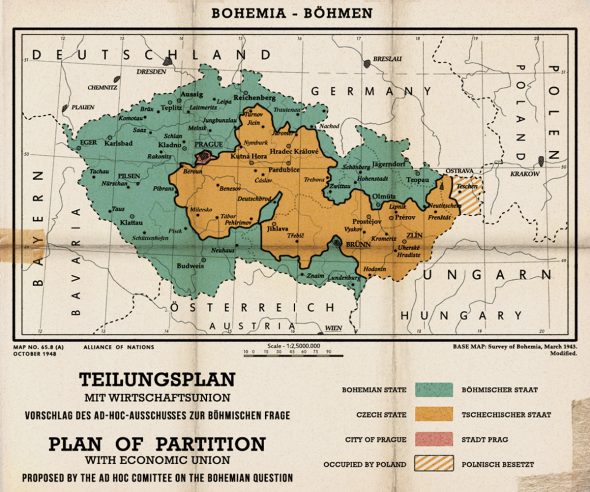
The Sudeten Germans continue to agitate for self-government, which prompts the League of Nations to propose a partition. An independent Bohemia is carved out of the Czech border regions. Prague becomes a free city, like Danzig. Slovakia is absorbed into Miklós Horthy’s Hungary.
Informal empire
Through economic and diplomatic influence, Germany comes to rule an informal empire comprising Bohemia, Denmark, Iceland, the Low Countries, Norway and Poland. Oster formally allies with António de Oliveira Salazar in Portugal, giving Germany influence in Angola and Mozambique. An Anschluss with Austria happens like it did in the real world. There is talk of creating a European customs union, modeled on the nineteenth-century German Zollverein.
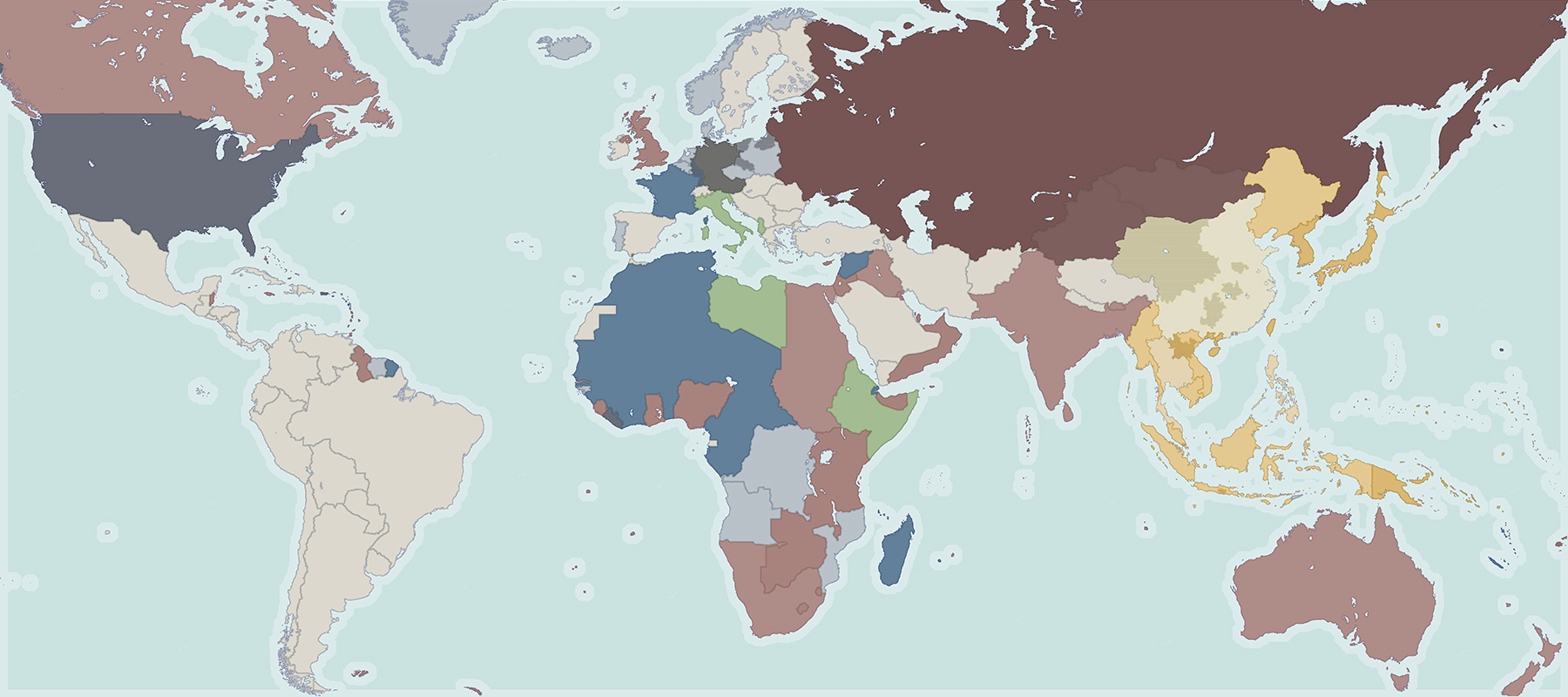
Jewish state in Central Europe
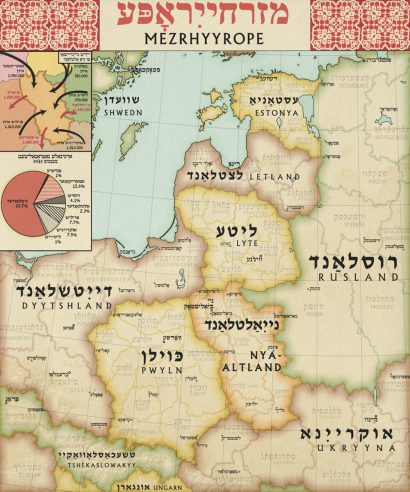
British authorities in Palestine, who support the Hashemite kings of Iraq and Jordan, and who are sympathetic to the Arab cause, block Jewish emigration to the Holy Land, forcing the World Zionist Organization to look elsewhere for a Jewish homeland.
They set their sights on Central Europe, where most Ashkenazi Jews still live. Negotiations with Poland, the Soviet Union and Ukraine lead to a proposal for a New Altland with Byalistok as its capital.
Poland, which fears Soviet designs, is willing to provide most of the territory in order to create a buffer state to its east. Antisemitic Soviet authorities are happy to let Jews emigrate.
Republicans prevail in Spain
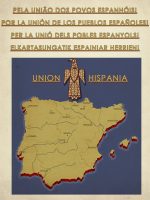
Without German and Italian support, Francisco Franco loses the Civil War. His Nationalists retreat to the Spanish protectorate in Morocco, where they hold out in Tétouan.
The Soviets hope to use the left-wing victory in Spain as a springboard to unification of the peninsula under a friendly government, but the Republicans are wary of taking on Salazar and his German allies. They do mount a propaganda war for “Spanish Union”.
British Empire
The British Empire is the world’s only superpower. It directly controls nearly a quarter of the world’s land surface and population and wields significant influence in Arabia, China, Iran and Latin America.
Britain’s Royal Navy is supreme at sea. Huge British flying aircraft carriers patrol the skies. The empire is at war with Japan, which has seized Malaya and Singapore.
Japan’s conquests
Japan is also fighting the Dutch and the French, whose colonies in Asia it claims to have liberated. The French retain a foothold in New Caledonia. Britain wages the war from Australia and Burma. The Dutch have little hope of reconquering the Indies.
America has accepted Filipino independence in order to avoid being dragged into the Pacific War.
Japan and the Soviet Union are allies. The Molotov-Arita Pact, named after the foreign ministers who signed it, has formalized the division of Sakhalin and recognized Soviet influence in Mongolia as well as Xinjiang in exchange for Japanese influence in Manchuria. Tibet is independent.
Hachirō Arita is the leader of the doves in Fumimaro Konoe’s cabinet who counsel against war with the United States. The two leaders agree Japan’s focus should be on suppressing Chiang Kai-shek’s insurgency in China.
Free China controls the provinces of Hunan and Qinghai as well as the cities of Wuhan and Zhengzhou.
America’s ambitions
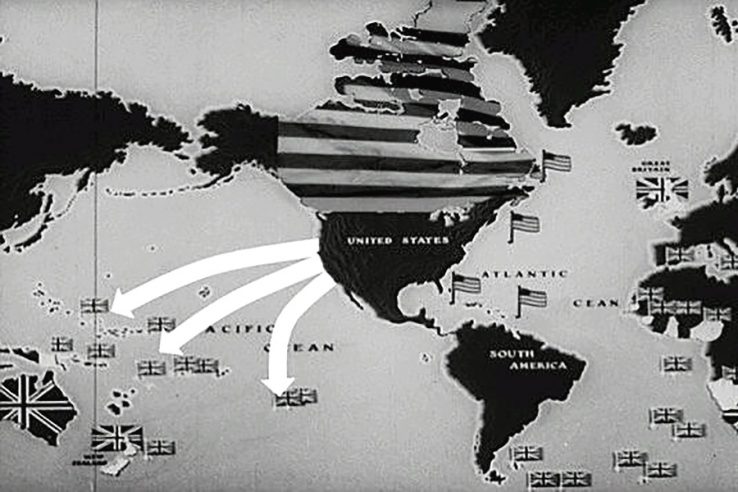
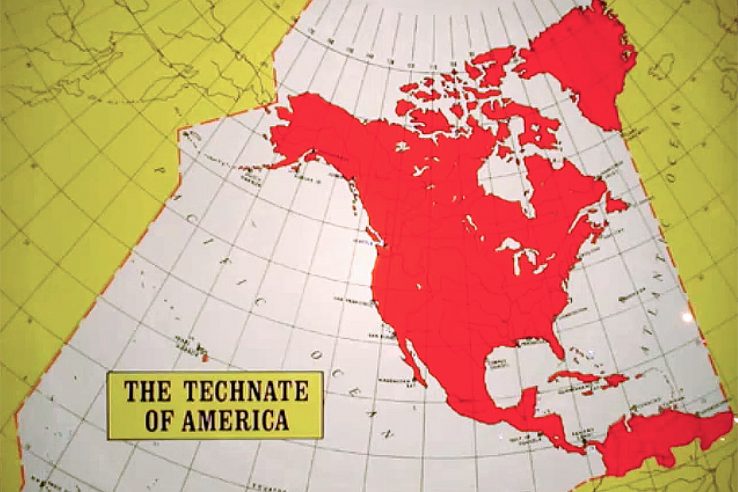
America fears war with Japan but doesn’t rule out war with Britain. It has drawn up detailed plans for the invasion of Canada and attacks on British possessions in the Caribbean and Pacific Ocean.
Support for a war comes from the burgeoning Technocracy Party, whose main platform is the replacement of all politicians with experts. They argue the time to seize Canada and Central America and establish a “technate” spanning North America is now that Britain is distracted in Asia.
Click here to learn about the Anglo-American Pacific War that wasn’t and here to learn more about the North American Technate.
Laissez-faire America
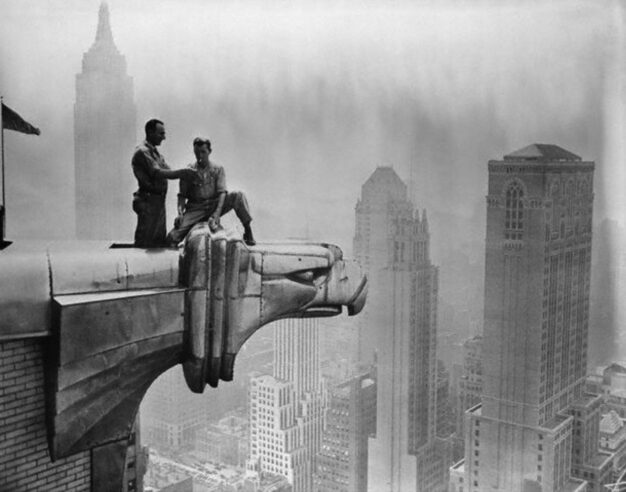

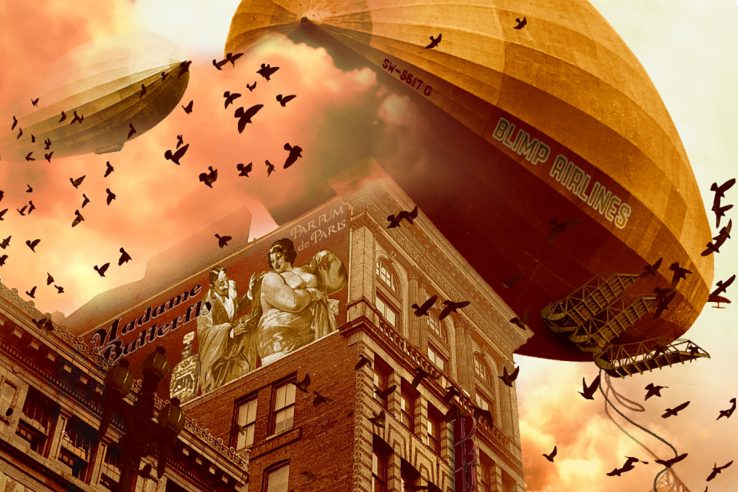
The Technocrats take more votes from the Democrats than the Republicans, handing the 1940 election to businessman Wendell Willkie. Among the volunteers working on his campaign is a Russian émigré and anti-communist, Ayn Rand, who will go on to have a major influence on American philosophy.
As president, Willkie repeals Franklin Roosevelt’s New Deal and pursues a 1920s-style free-market agenda that lifts America out of the Great Depression but leaves millions in poverty.
His attorney general, former New York prosecutor Thomas E. Dewey, is groomed to take over in 1948. Secretary of State Arthur Vandenberg struggles to balance the internationalist and isolationist elements in the Republican Party by maintaining equidistance from Britain and Japan.
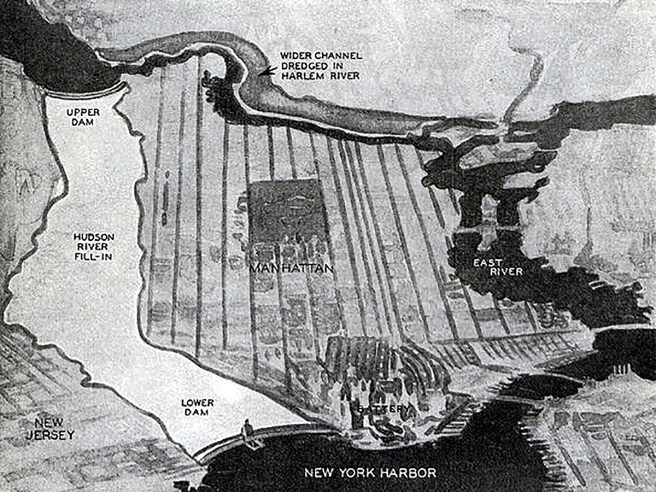
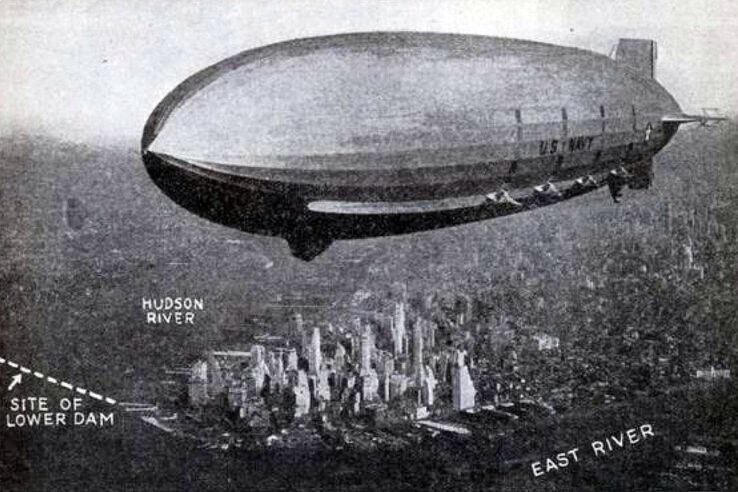
Willkie’s presidency sets off a building boom in America’s major cities, especially New York. Work is underway to drain the Hudson River. Chester B. Price’s colossal Civic Center is going up in Lower Manhattan. A Majestic Hotel designed by Hugh Ferriss graces Central Park. John Larkin and the Metropolitan Life Insurance Company are competing to build the tallest tower in the world.
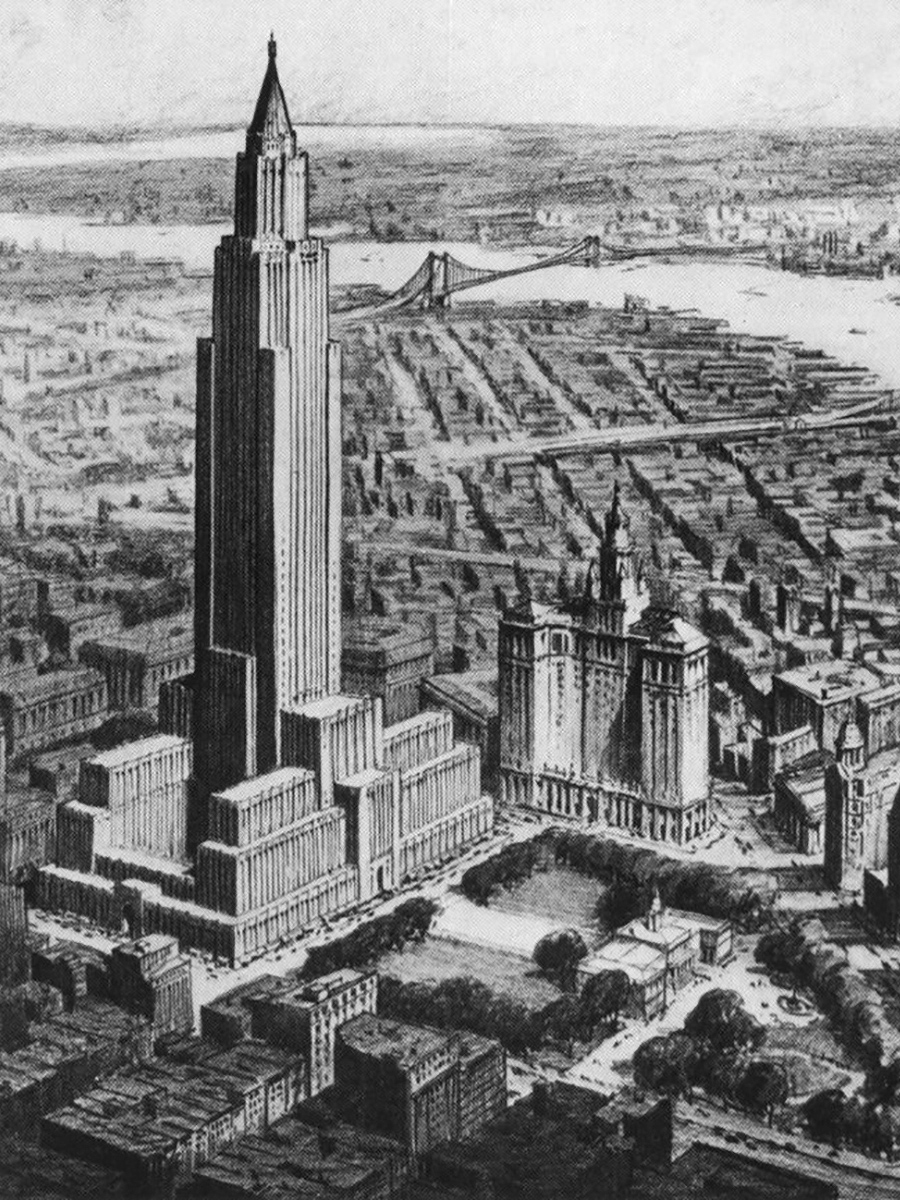
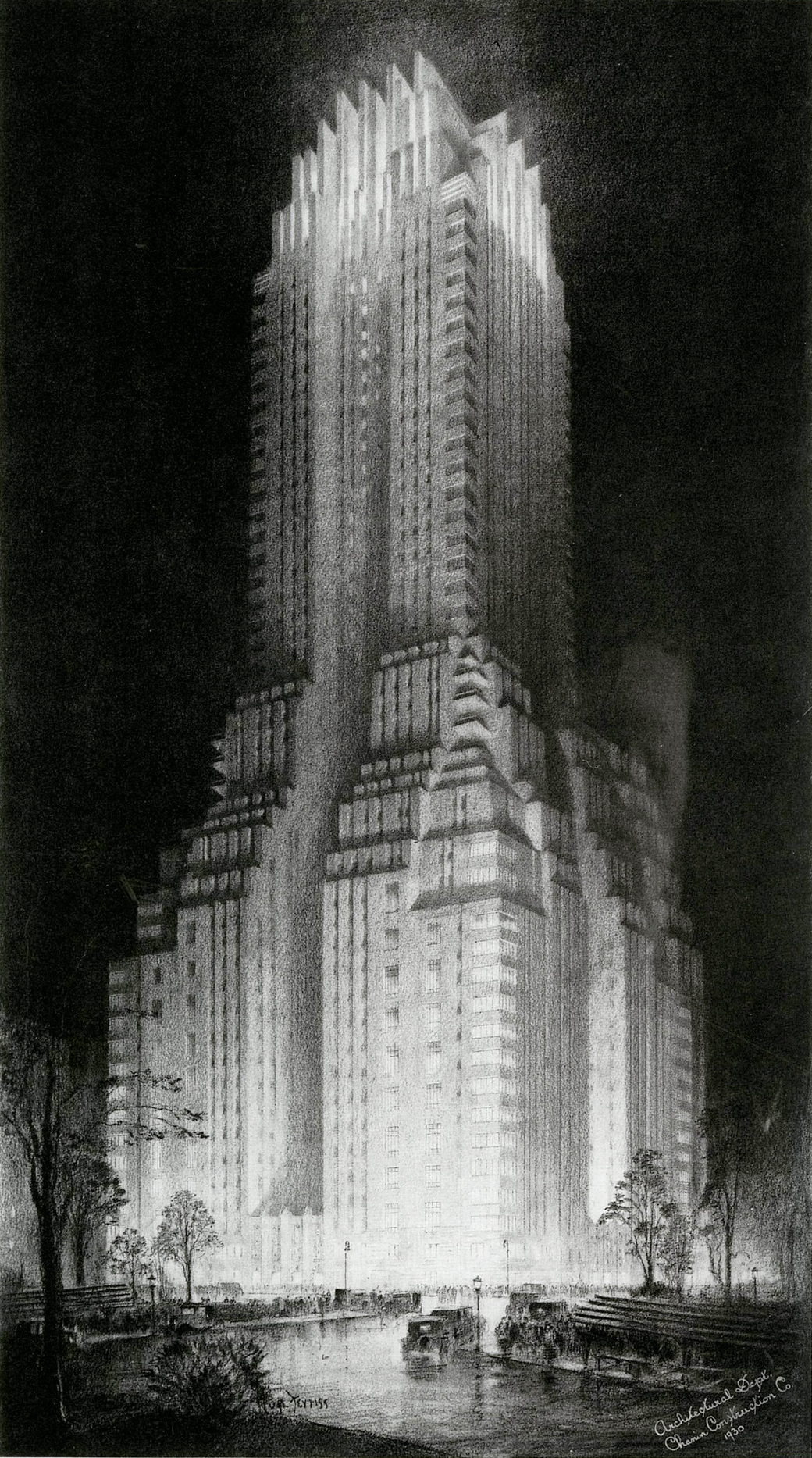
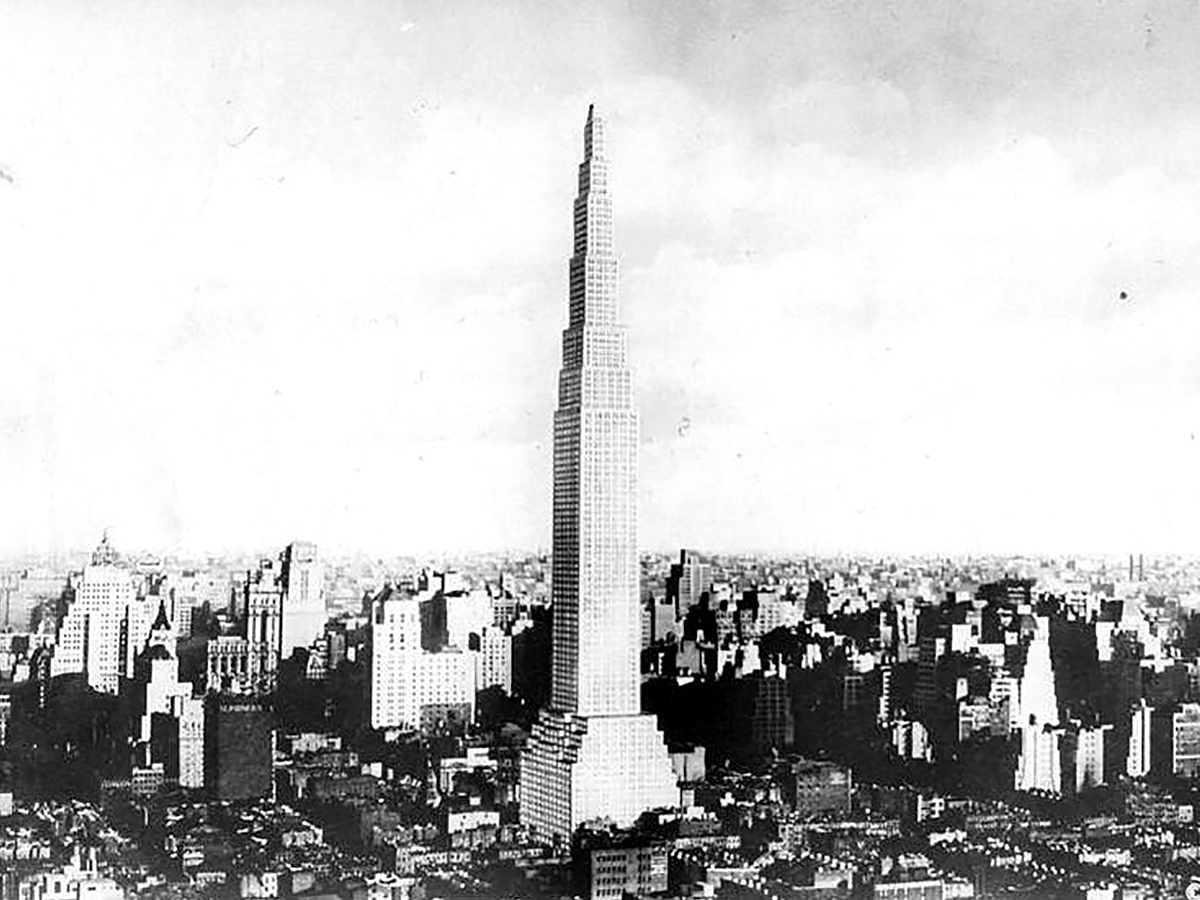
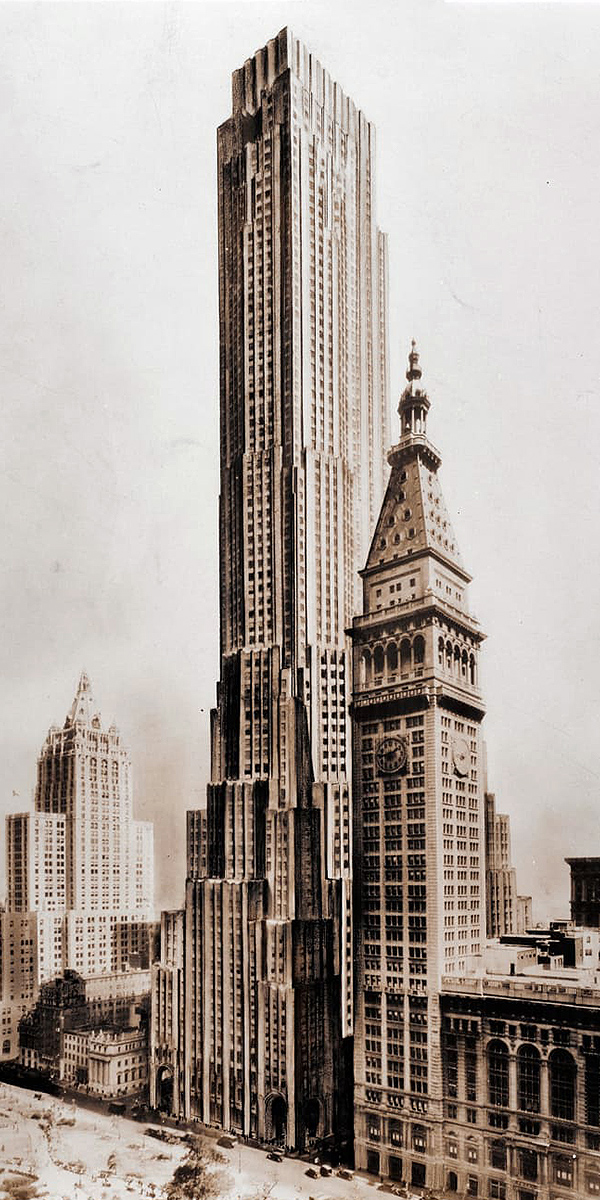
Click here for more unbuilt New York and here for the art of Hugh Ferriss.
Fashion
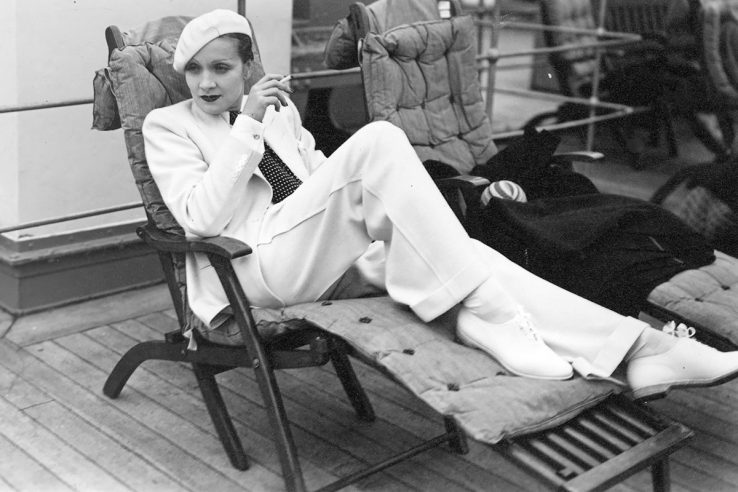
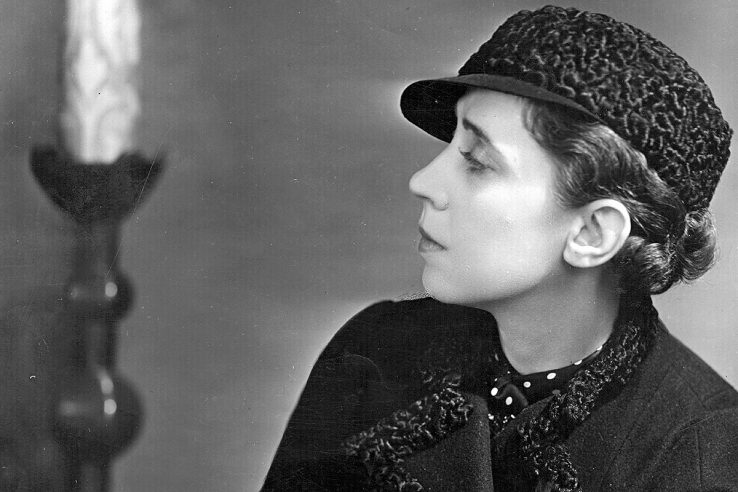
After the frivolous styles of the 20s, fashion finds a new middle ground in the 1930s. Dresses and skirts are longer, moving from below the knee in the early thirties to ankle-length by the end of the decade. Bohemian women, like German actress Marlene Dietrich, wear trousers. Fashion designer Elsa Schiaparelli has popularized the use of plastic zippers in women’s clothes.
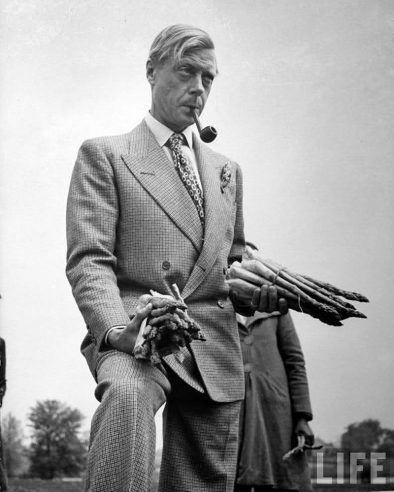
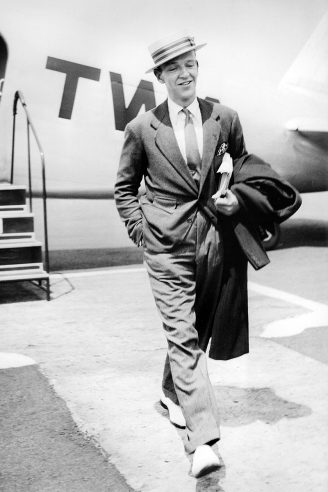
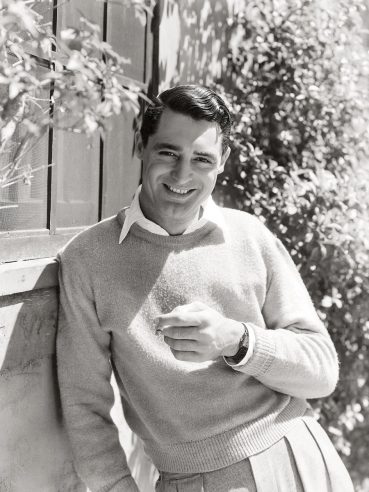
For men, the style icon is King Edward VIII of the United Kingdom (whose marriage to the American divorcée Wallis Simpson scandalized high society and prompted Prime Minister Stanley Baldwin to resign). Hollywood actors, like Fred Astaire and Cary Grant, are another source of inspiration for men dressing to impress.
Click here to learn more about the fashion of the 1930s.
Airships
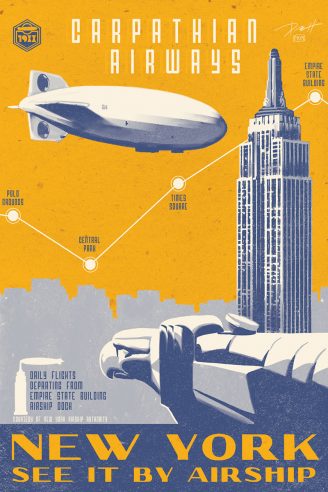
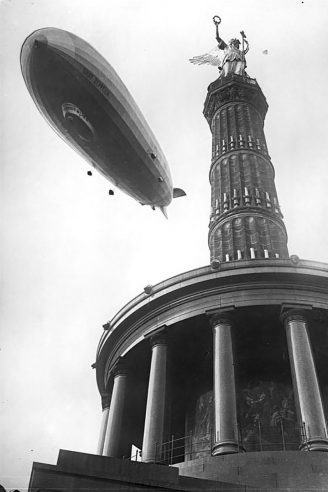

Hindenburg? What Hindenburg? No German zeppelin went up in flames at Lakehurst, New Jersey in 1937 and the airship is still the uncontested master of the sky. Some are even being converted into carriers for that new flying machine: the aeroplane.
Click here for more flying aircraft carriers.
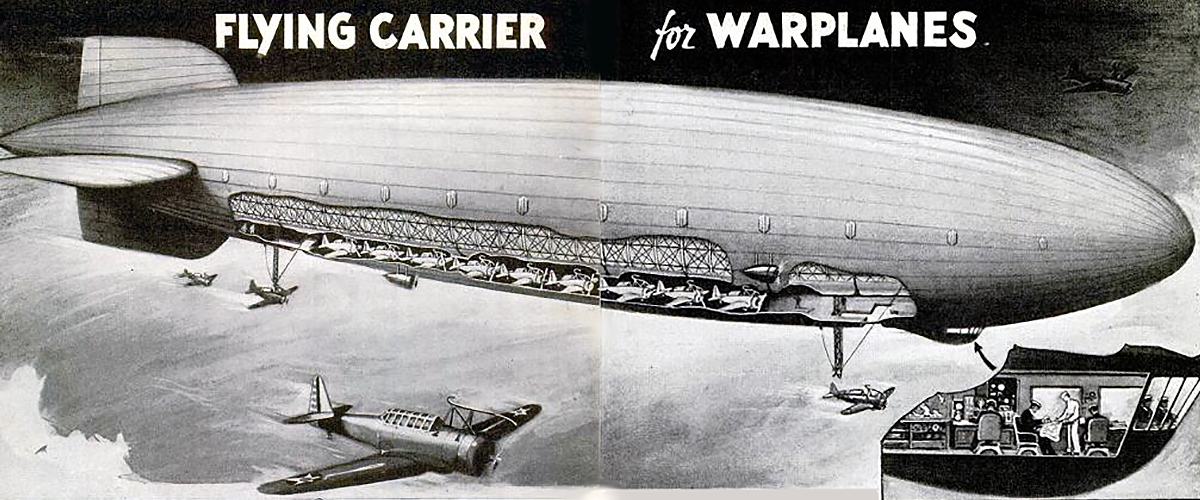
Amphibian airliner
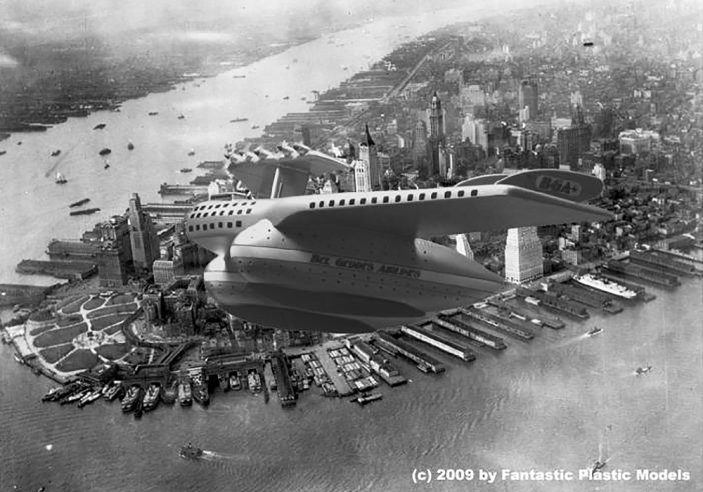
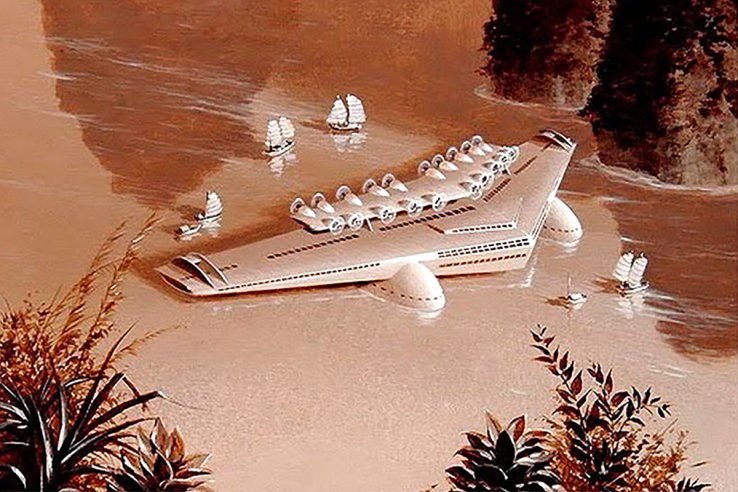
The airship and the aeroplane could soon face competition from a true monster of the sky: an amphibian airliner big enough to seat 600 passengers and even carry a few smaller airplanes in its belly.
The designer is Norman Bel Geddes, America’s preeminent industrial designer, who won wide acclaim for creating the General Motors Pavilion at the 1939 World’s Fair in New York, called Futurama.
Click here to learn more about Geddes and here for details about his fantastical airliner.
New airports
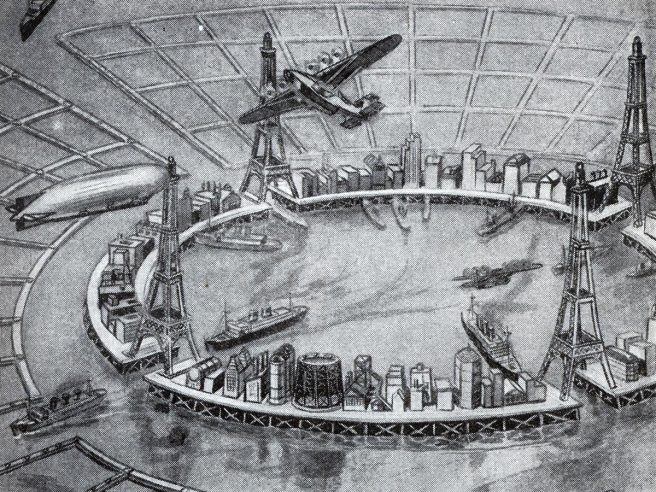
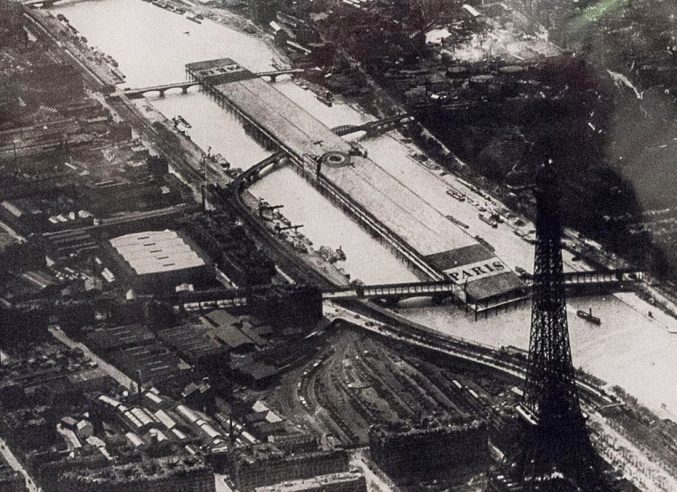
All these new occupants of the skies need places to touch down.
Construction is underway in the middle of the Atlantic Ocean on a floating city that can serve as a refueling station for airships, planes and ocean liners. Its casinos and hotels could operate outside the jurisdiction of any nation-state.
In Paris, André Lurçat has built a runway in the middle of the River Seine. New York is studying the possibility of putting turntable runways on top of skyscrapers.
Paris and Moscow
Without the destruction caused by a Second World War, the cities of Europe are flourishing.
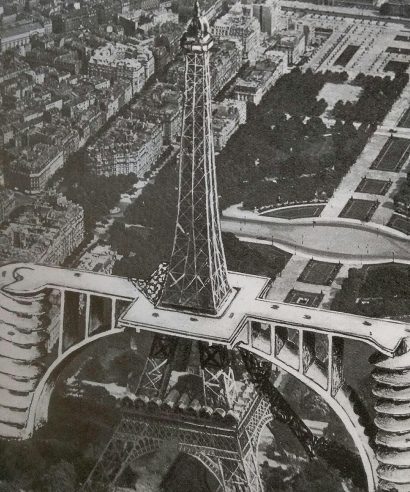
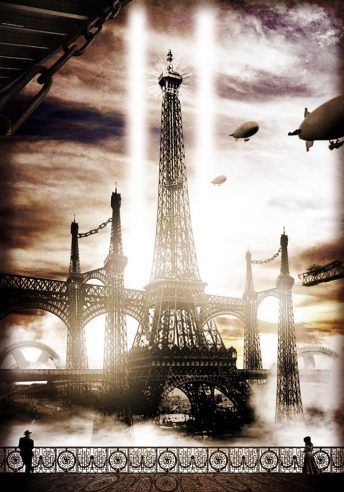
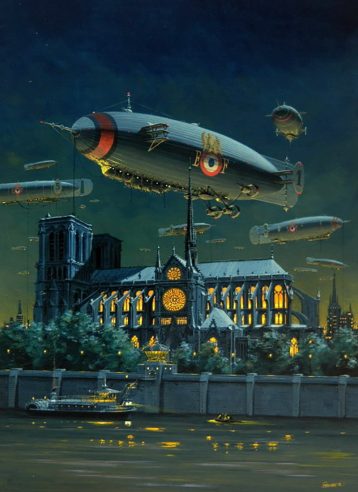
Renovations are underway to enable automobiles access to the second level of the Eiffel Tower in Paris. Moscow is building an enormous, 415 meter-high Palace of the Soviets crowned by a statue of Lenin. Once finished, it will surpass the Empire State Building as the tallest man-made structure in the world.
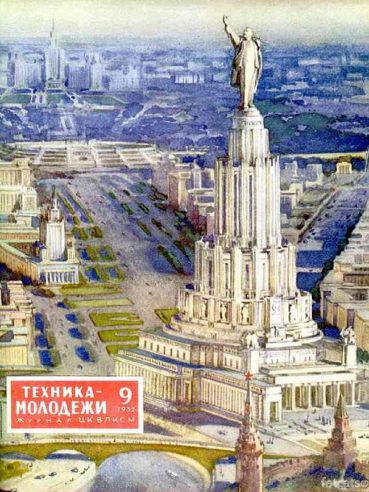
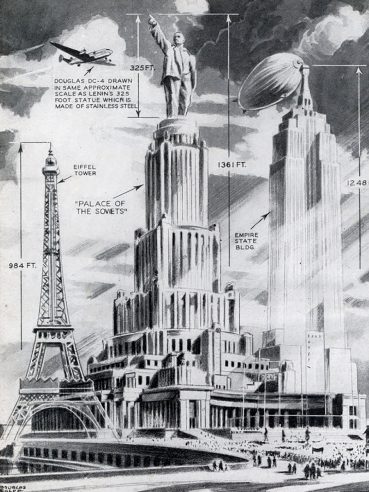
Click here for more unbuilt Paris and here for more unbuilt Moscow.

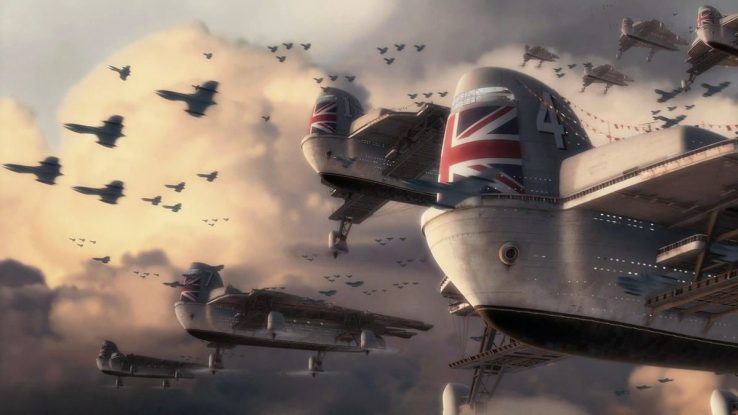
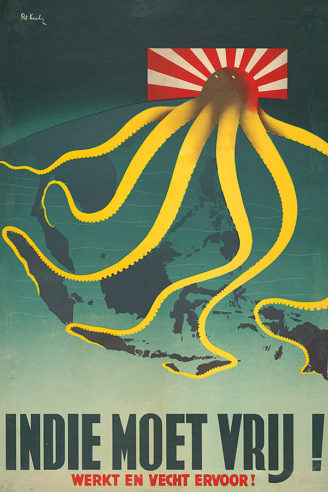
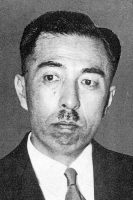
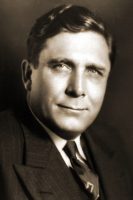
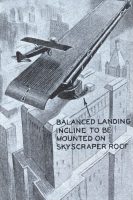
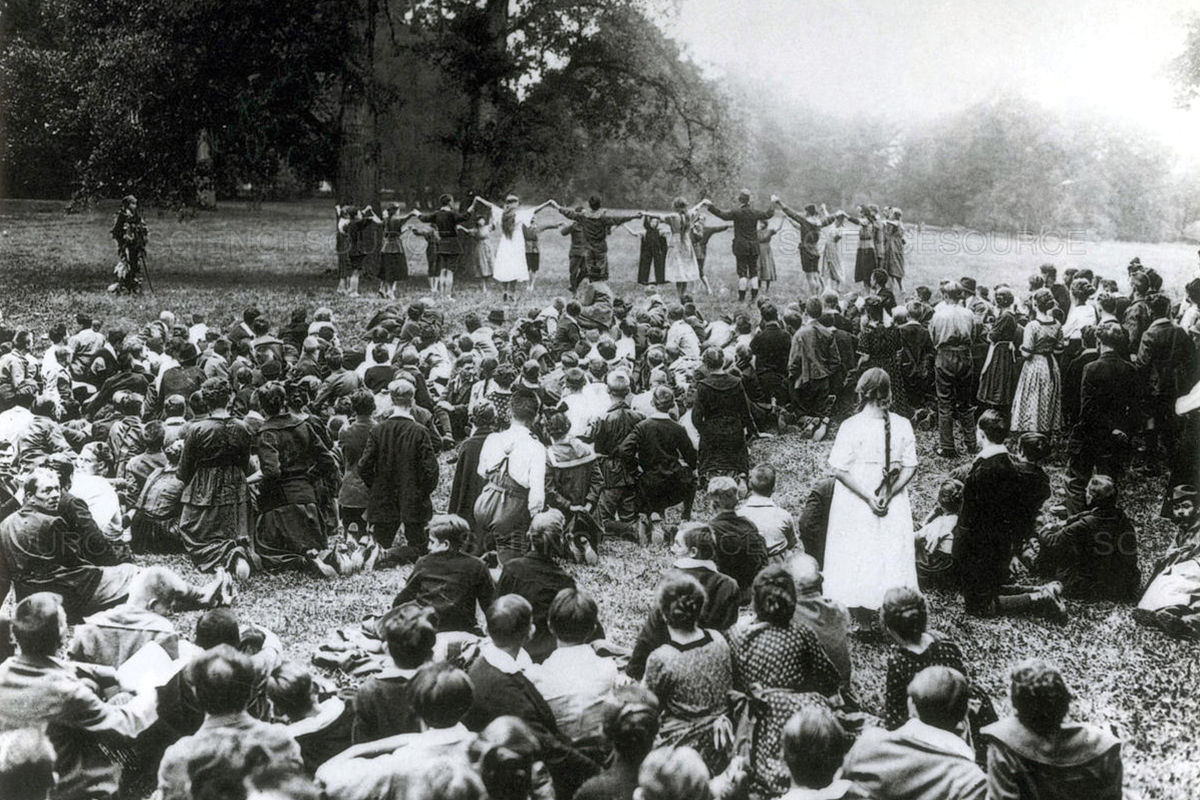
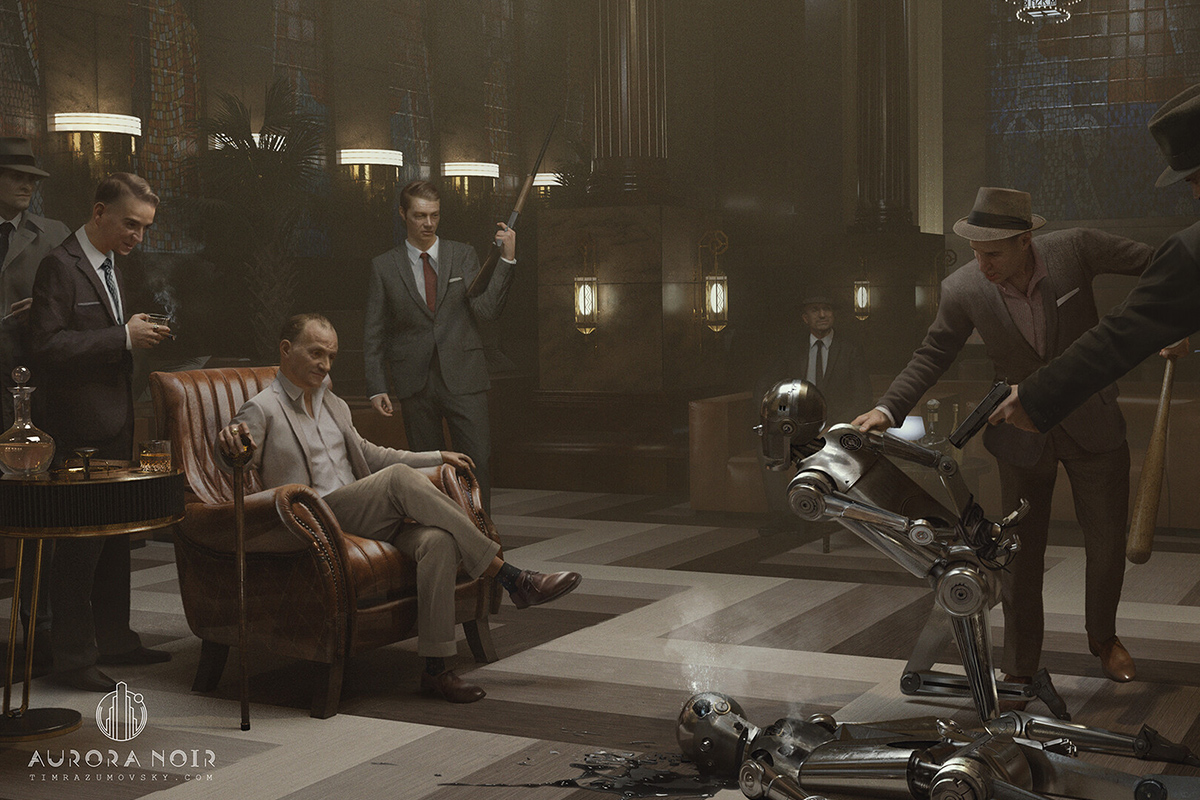
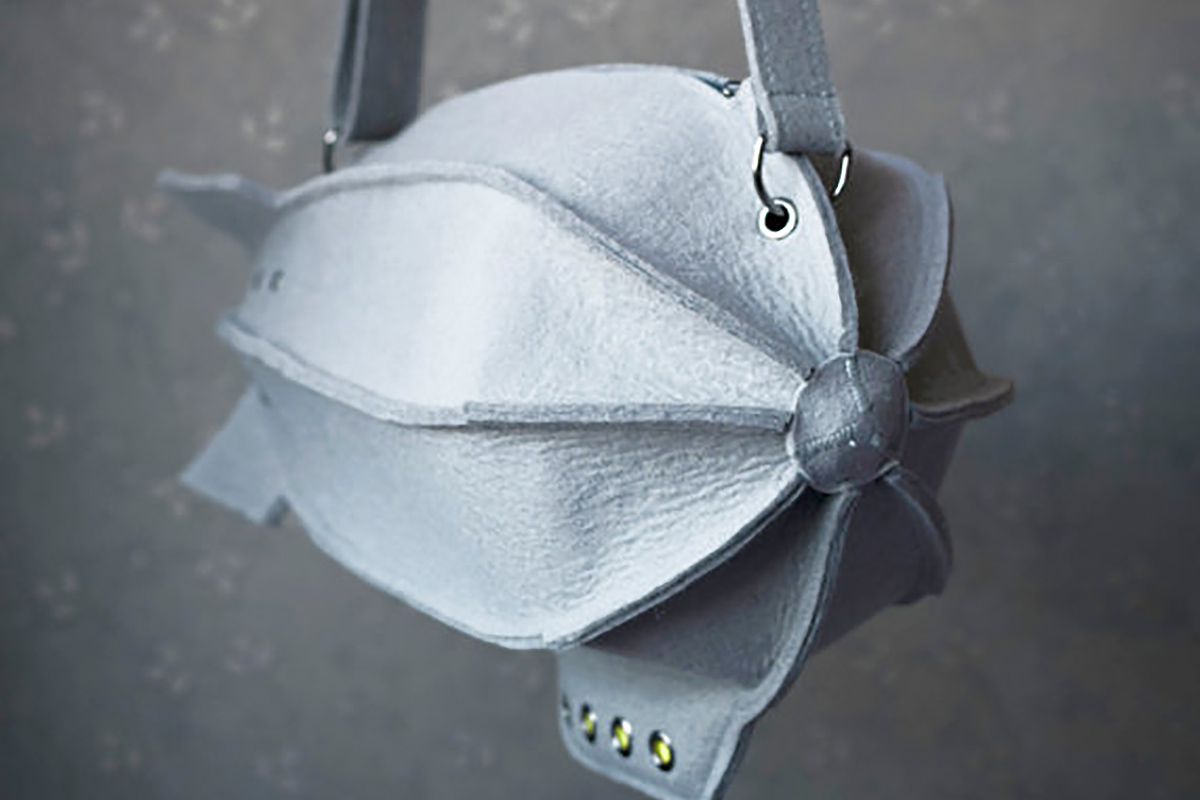
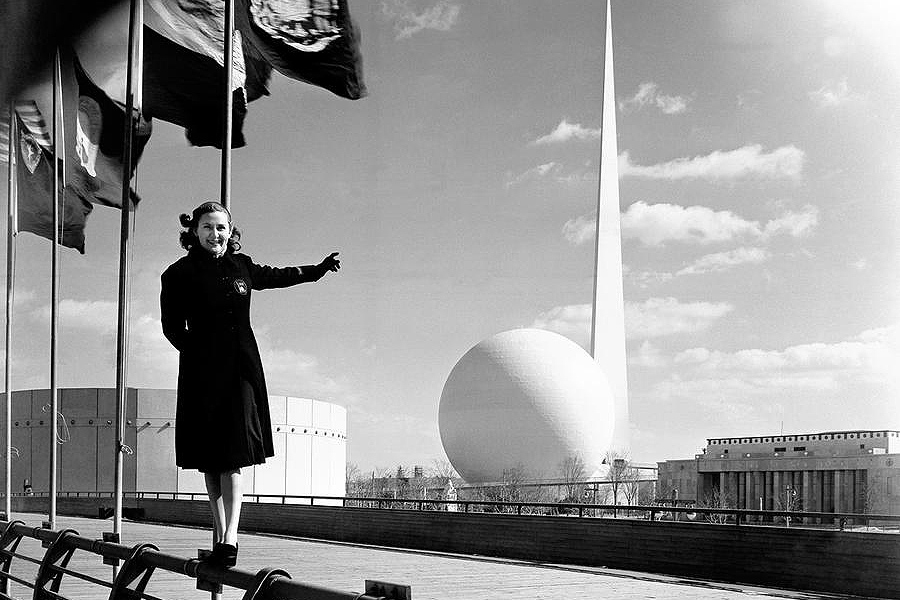
1 Comment
Add YoursIf only, if only…